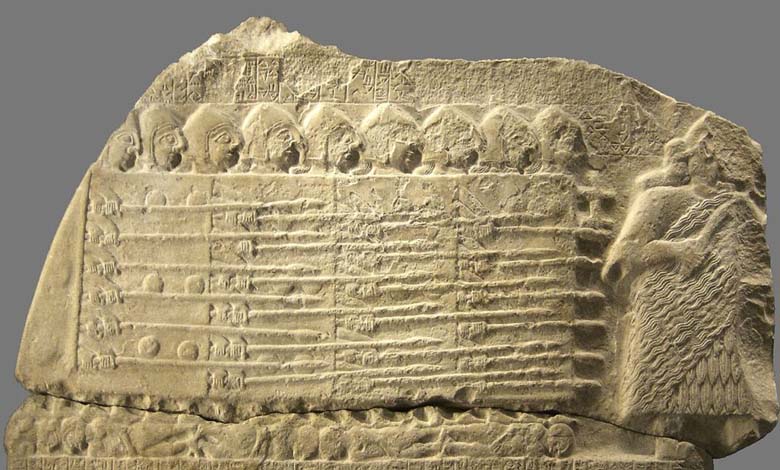Discovery of the Method Used by Ancient Iraqis to Predict Disasters and Epidemics

Babylonian clay tablets, dating back 4000 years, have revealed how ancient Iraqis predicted future disasters through solar and lunar eclipses.
The four clay tablets, discovered 100 years ago and written in cuneiform, show how the Babylonians interpreted eclipses and linked them to omens of death, destruction, and epidemics.
The Babylonians described eclipses using the symbol of night and shadows through ancient cuneiform writings. One of the recently deciphered tablets states that if “the eclipse suddenly disappears from its center and reappears suddenly: a king will die, and Elam will perish.”
-
20 Centuries Old: Discovery of Golden Jewelry from a “Mysterious” Culture in Kazakhstan
-
Discovery of 3,000-Year-Old Dinner
Regarding the meaning of the eclipse, the tablets state that if “the eclipse begins in the south and then disappears: it signifies the fall of Subartu and Akkad.”
The Babylonians also believed that an “eclipse in the evening hour indicates the plague,” referring to the frequent outbreaks of plague in ancient times.
-
Discovery of Europe’s Largest Mass Burial Site, ‘Plague Grave’
-
Discovery of Seven Bodies Inside Car in Mexico
Even today, some clay tablets found in Mesopotamia (modern-day Iraq) are still being interpreted and read to understand what was written on them, while it is believed that 60% of Iraq’s ancient artifacts have yet to be uncovered.












